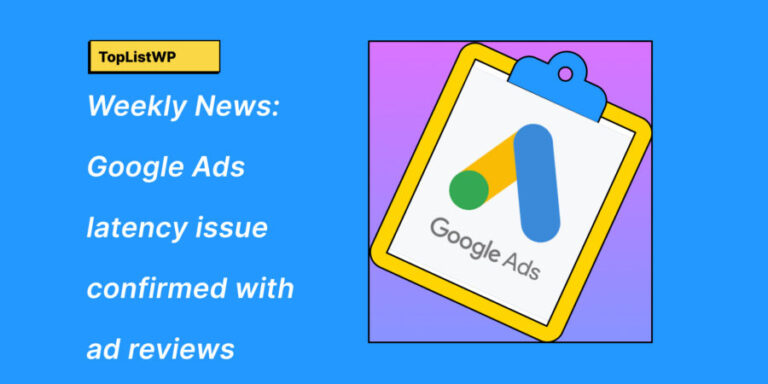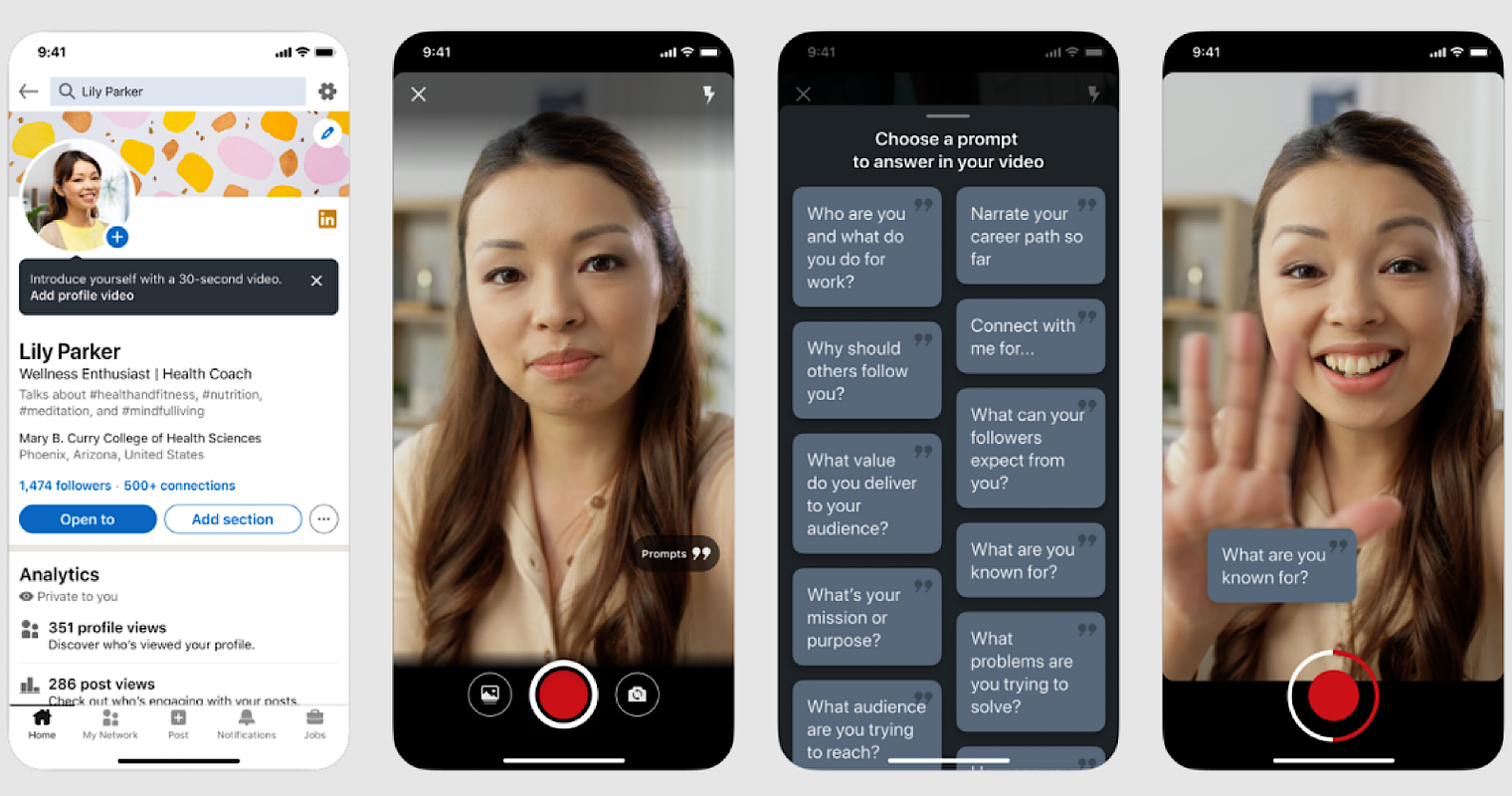
Google Ads latency issue confirmed with ad reviews
Google has confirmed an issue with the Google Ads console where there is “higher than normal latency” during the ad review process for Responsive search ads (RSAs). Google said this is impacting a “significant subset of users.”
If you are noticing slowness in the Google Ads console, do know Google is working on resolving it.
The notice. Google posted “we’re aware of a problem with Google Ads affecting a significant subset of users. We will provide an update by Apr 4, 2022, 7:00 AM UTC detailing when we expect to resolve the problem. Please note that this resolution time is an estimate and may change. The affected users are able to access Google Ads, but are seeing error messages, high latency, and/or other unexpected behavior. Currently, Responsive search ads (RSAs) might experience a higher than normal latency during the ad review process.”
Fix ETA. There is currently no specific estimated time when this issue will be resolved but Google is working on it and promises to give us an update by Monday on this issue. I suspect it will be resolved sooner, but we will keep you posted.
Source: Google Ads latency issue confirmed with ad reviews
Twitter tests 3 new ad formats
Twitter is piloting three new ad types – Interactive Text, Product Explorer, and Collection ads. Only a few brands have access to them, but the new ad types will be visible to all U.S. Twitter users (iOS, Android, and the web).
Here’s everything we know about the ad formats and examples of brands using them.
Interactive Text Ads. These ads have a larger font than organic tweets and bolded text. Advertisers can also pick from 10 colors to highlight up to three words from their ad copy. Twitter users who tap or click on the highlighted words will be taken to a landing page, which the brand specifies. Brands testing this ad format include Oreo, Bud Light, and Wendy’s.
Here’s what it looks like:

Product Explorer Ads. These are 3D product ads. Users can swipe and rotate a product to view it from multiple angles. Users can click on the Shop Now button to buy it from the advertiser’s website.
Here’s what it looks like:

Collection Ads. Advertisers can display a “hero” image (it remains static) plus five thumbnails beneath it (which users can scroll through horizontally). What happens when a Twitter user clicks or taps on one of the thumbnails? The advertiser chooses what URL to send them to (e.g., a product landing page).
Here’s what it looks like:

Source: Twitter tests 3 new ad formats
Toxic links and disavows: A comprehensive SEO guide
What is a toxic link? Are toxic links the same thing as spammy links? Can too many of these hurt your site’s ability to rank?
If you are uncertain as to whether you would benefit from filing a disavow, this article should answer your questions.
A “toxic” link is generally considered to be a link that has the potential to harm your website’s ability to rank. However, not all SEOs are aligned on how to define toxic links and whether their presence actually could hurt your ability to rank.
Some will say that any link that would be considered an unnatural link as per Google’s documentation on link schemes should be considered “toxic” and could hurt your site. Others use the phrase to describe the type of spammy link that Google says their algorithms ignore.
It is important to note that Google itself does not actually have a notion of “toxic links”.
So why do SEOs use the phrase “toxic links”?
Several well-known SEO tools aim to find and help you disavow unnatural links. Several of them list links that they have programmatically determined to be potentially harmful in Google’s algorithms.
The idea is that you can use their tools to identify these “toxic links” that could potentially hurt your site, and then disavow them.
Source: Toxic links and disavows: A comprehensive SEO guide
LinkedIn Adds New & Improved Tools To Creator Mode
New tools added to LinkedIn’s Creator Mode gives you more analytics data with greater insight into audience engagement, and access to new profile features.

LinkedIn announced the addition of new tools and features to its creator mode. Creator mode is a profile setting intended to help LinkedIn users increase their reach, build engaged audiences, and expand their influence on the platform.
With the goal of providing members with more resources to start quality conversations and make an impact, LinkedIn has made the following changes.
New Tools
Creator Analytics – This update gives users the ability to measure content performance and growth, allowing them to optimize content strategy and audience engagement. Creators can now track content performance over time and aggregate totals for metrics like impressions and engagements.
Source: LinkedIn Adds New & Improved Tools To Creator Mode
“Flawed” WordPress Proposal Causes Backlash
WordPress community offers a negative response to the proposed feature that could cause disk usage to rise by up to 70%.

A new proposal for WordPress 6.0, scheduled for May 2022, will enable automatic image conversions as a default so that all uploaded images will display in a better WebP format. The WordPress developer community overwhelmingly responded negatively against the proposal because it will cause a massive increase in disk space usage.
Proposal to Enable WebP by Default
WebP is a new image format that displays images at considerably lower file size. This means that many web pages will download at a faster pace, resulting in a better experience for users.
The WebP format should be better for publishers because it is well known that improving website speed results in higher advertising earnings and increased sales.
So a proposal to make WebP default probably seemed like a good idea.
The proposal however was met with passionate, and at some points furious, resistance from the WordPress community.
Massive Increase in Disk Space
One of the most important concerns voiced by the WordPress community was that this new feature will dramatically increase disk space, by an order of 25 to 50% or even more.
One developer offered their feedback that this will result in increased expense for publishers because of the need for more hosting webspace. The developer noted that while bandwidth costs are cheap, disk space is not.
Source: “Flawed” WordPress Proposal Causes Backlash
More news:
Facebook confirms ‘massive ranking failure’